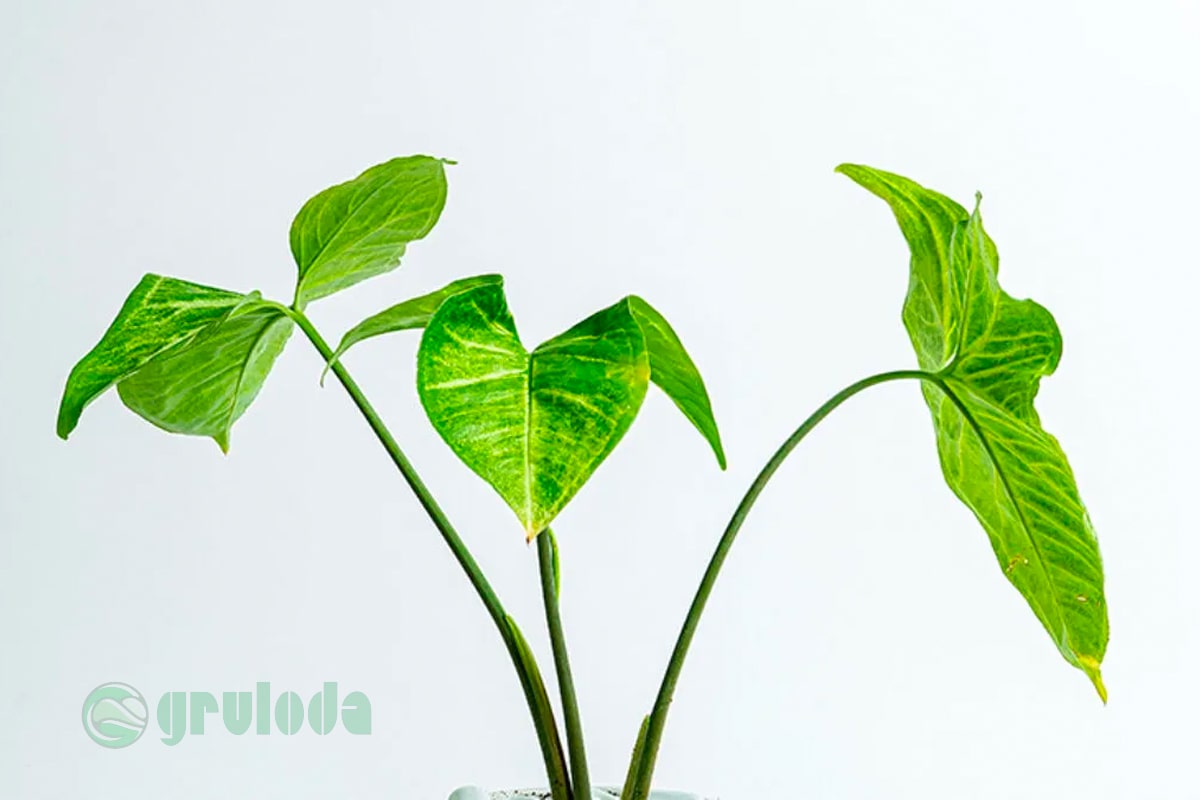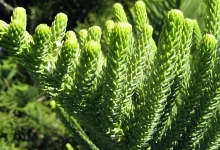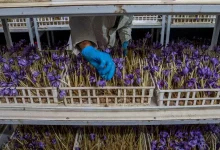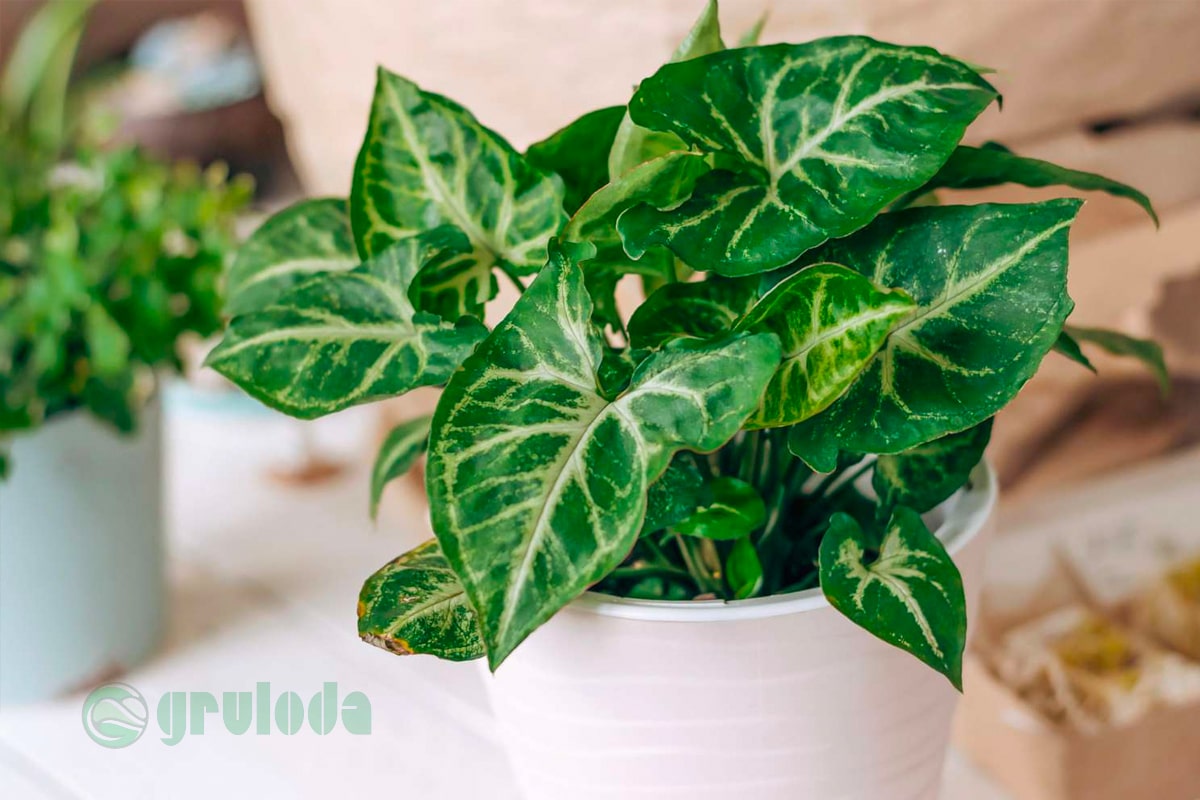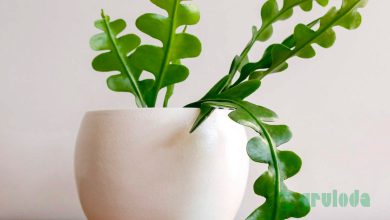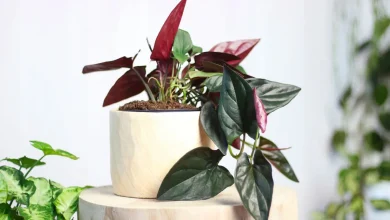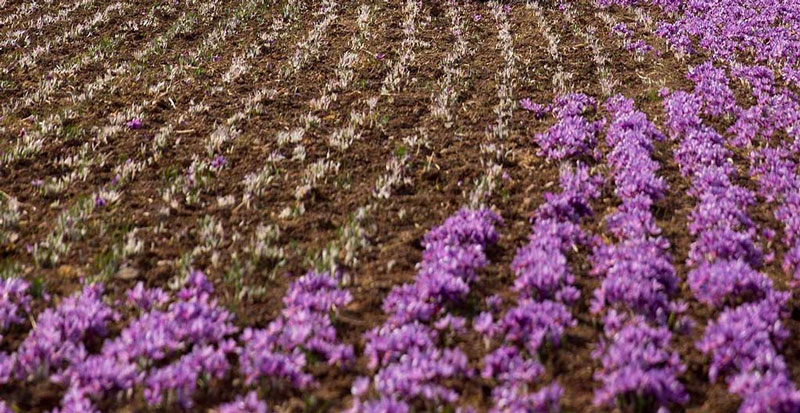Arrowhead Plant Care Guide

Arrowhead Plant Overview
The arrowhead plant, also known as arrowhead vine or goosefoot plant, is a popular houseplant grown for its lush, vibrant foliage. Native to tropical regions of South America, arrowhead plants are easy-care indoor plants that add a distinctive look to any home.
Arrowhead Plant Features
Arrowhead plants are named for their arrow-shaped leaves that emerge on long, trailing stems. The leaves come in shades of green, white, pink, and burgundy, depending on variety. Mature arrowhead plants can grow up to 3 feet tall as climbing vines or trailing plants. Their lush foliage provides an exotic, tropical feel.
Arrowhead Plant Varieties
There are over 30 species of arrowhead plants. Some popular varieties include:
- Syngonium podophyllum – Most common species with green, velvety leaves.
- ‘White Butterfly’ – Leaves edged in white.
- ‘Pink Allusion’ – Pink leaves with green splotches.
- ‘Red Knight’ – Deep burgundy red leaves.
- ‘Neon Robusta’ – Bright pink leaves.
Arrowhead Plant Care Tips
Caring for arrowhead plants is quite straightforward when you provide the right growing conditions. Here are some key tips:
Light Requirements
Arrowhead plants need bright, indirect light. Place them near an east or west facing window. Avoid direct southern exposure, which can scorch leaves. Provide ample daylight hours.
Watering Requirements
Keep soil consistently moist but not soggy. Allow the top inch of soil to dry out between waterings. Water thoroughly until it drains from the pot. Arrowheads are sensitive to droughts.
Humidity and Temperature Needs
Arrowhead plants prefer average room humidity and temperatures between 65-80°F. Mist leaves regularly or use a pebble tray for added humidity. Avoid cold drafts.
Soil Needs
Use a well-draining potting mix amended with peat moss or compost. Arrowheads are prone to root rot in heavy, wet soil.
Fertilizer Needs
Feed monthly in the growing season with a balanced liquid houseplant fertilizer diluted to half strength. Avoid overfertilizing.
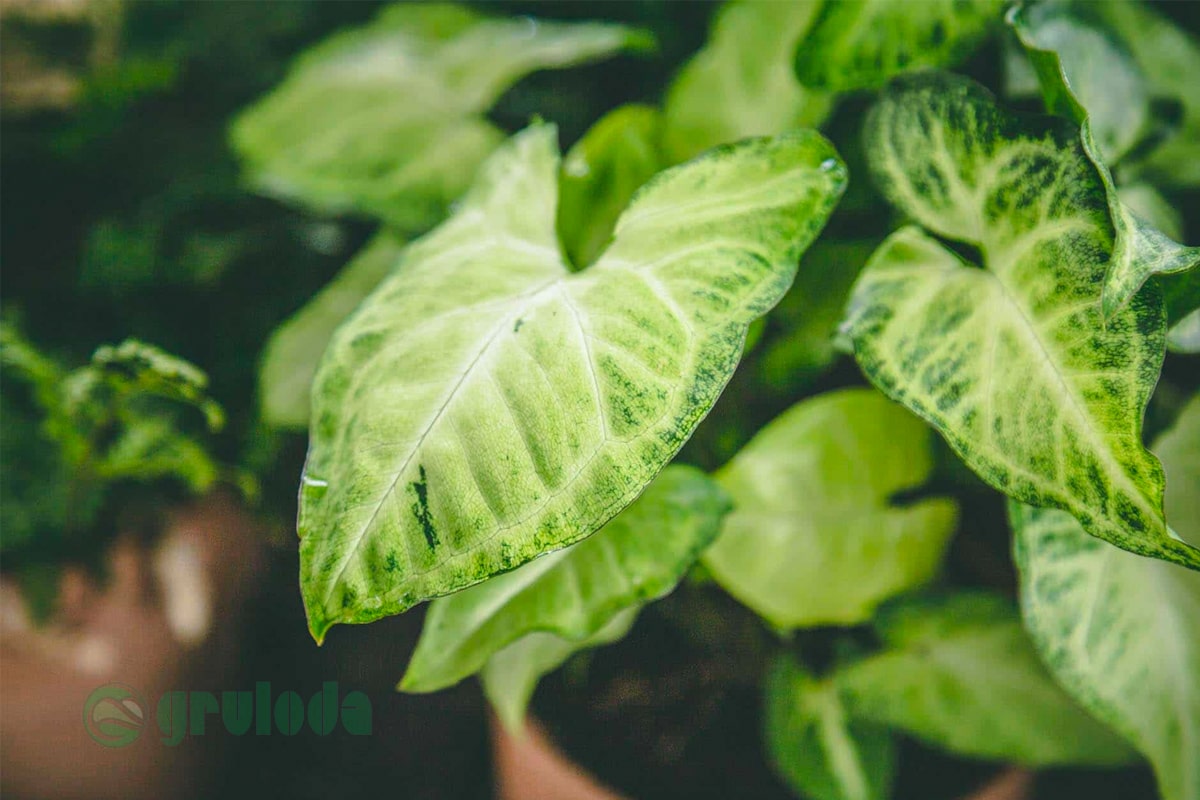
Propagating Arrowhead Plant
Arrowhead plants are easily propagated through stem cuttings or division. To propagate from cuttings, take 4-6 inch sections of stem tips in spring or summer. Remove the lower leaves, then place the cutting into a jar of water or into moist potting mix. Keep the soil or water constantly moist.
New roots will begin to form at the node joints within a few weeks. Once the cuttings have developed an extensive root system, they can be repotted into their own containers. Propagating by division simply involves separating new shoots that form at the base of the plant.
Gently divide these shoots with their roots attached during the spring, then repot into a new container. Keep the freshly divided plantlets well watered until established. Propagating arrowhead plants by cuttings or division creates identical new plants quickly and efficiently.
Propagating from Cuttings
Take 4-6 inch tip cuttings in spring or summer. Remove lower leaves and place in water or moist potting mix. New roots will sprout in a few weeks. Transplant into soil once rooted.
Propagating from Division
Divide mature, overcrowded plants in spring. Gently separate rooted shoots and repot into individual containers. Keep soil moist while new plants establish.
Repotting Arrowhead Plants
Arrowhead plants need repotting every 2-3 years as they grow. Use these tips for successful repotting:
When to Repot
Repot in early spring before active growth resumes. Avoid repotting during dormancy in fall/winter.
How to Repot
Pot up one size larger into fresh potting mix amended with compost. Gently loosen rootbound plants before repotting. Prune damaged roots. Provide support for climbing varieties.
Pruning Arrowhead Plants
Pruning keeps arrowhead plants full, compact, and promotes new growth. Follow these guidelines:
Why Prune
Prune to remove damaged growth, shape plants, and encourage bushier growth. It also prevents legginess.
When to Prune
Prune in early spring before new growth emerges. Avoid pruning late summer/fall.
How to Prune
Trim stems just above a node using clean, sterilized shears. Remove crowded, crossing stems at the base. Pinch back leggy shoots.
Troubleshooting Common Problems
Arrowhead plants are not difficult to grow but may experience a few issues:
Drooping Leaves
This is commonly caused by underwatering and drought stress. Resume a regular watering schedule. Prune damaged foliage.
Root Rot
Overwatering can lead to root rot. Allow soil to dry out between waterings. Repot in fresh, well-draining soil if needed.
Pest Infestations
Check for common houseplant pests like spider mites, mealybugs, or scale. Remove with insecticidal soap or neem oil. Isolate infested plants.
With the proper care, arrowhead plants will thrive for many years as low-maintenance houseplants. Their lush, tropical foliage accents any indoor space. Follow these arrowhead plant care tips to keep your plants healthy and vibrant.
Arrowhead Plant varieties
There are over 30 different arrowhead plant varieties to choose from. Some of the most popular include the classic green Syngonium podophyllum, as well as variegated types like ‘White Butterfly’ with its leaves edged in white, ‘Pink Allusion’ featuring pink leaves with green splotches, and ‘Red Knight’ with deep burgundy foliage.
There are also more unusual varieties like ‘Neon Robusta’ with bright pink leaves or dwarf types like ‘Pixie’ that grow just 6 inches tall. With so many leaf colors and plant sizes available, there is sure to be an arrowhead plant variety that fits perfectly into any indoor garden. The wide range of arrowhead varieties makes this tropical plant very collectible.
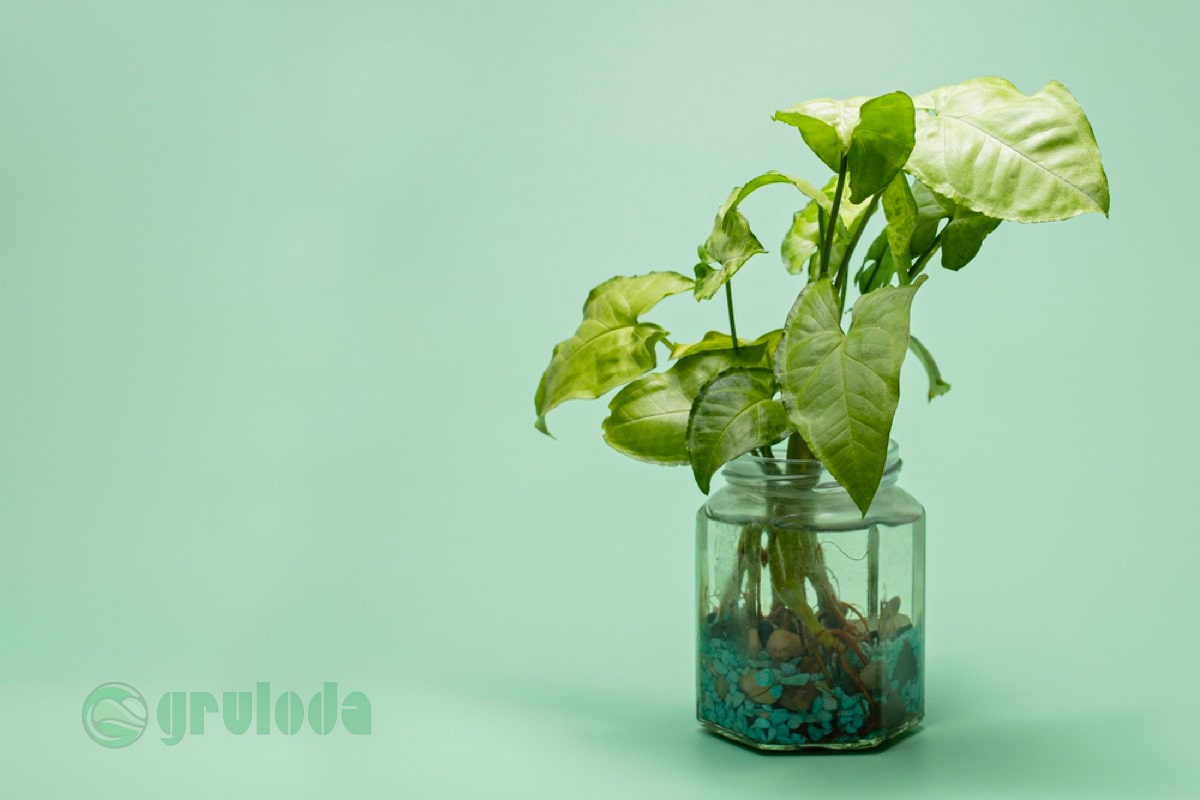
Arrowhead Plants in Water
Arrowhead plants can be grown in water as attractive houseplant displays. To propagate arrowhead cuttings in water, take 4-6 inch stem tip cuttings and remove the lower leaves. Place the cuttings in jars or vases filled with room temperature water. Change the water weekly to prevent rotting. Within a few weeks, new roots will begin to emerge from the stem nodes below the water line.
Once the cuttings have a well-established root system, they can be transplanted into potting mix in a container. Arrowhead plants will continue growing in water indefinitely as long as their roots remain submerged. The water roots appear thick and fleshy compared to soil roots. Allowing the water to evaporate over time can help strengthen the plants before transitioning to soil. Growing arrowhead plants in water makes for an easy care option.
FAQs
How do I encourage new growth in my arrowhead plant?
Prune leggy stems back to a node to promote bushier regrowth. Fertilize in the growing season. Ensure adequate sunlight and water.
What causes brown leaf tips in arrowhead plants?
This is usually from dry air or underwatering. Increase humidity through misting. Water thoroughly when the soil surface is partly dry.
Why are the leaves turning yellow?
Yellow leaves can indicate overwatering issues. Allow the soil to partially dry out between waterings. Yellow leaves can also mean too much direct sun.
How can I get my arrowhead plant to climb?
Provide trellises, moss poles, or other plant supports for climbing varieties. Gently tie stems to supports. Prune to encourage upright growth.
Should I mist my arrowhead plant daily?
Misting 1-2 times a week can boost humidity on hot, dry days. But avoid misting daily as it can promote foliar diseases if leaves don’t dry properly.
